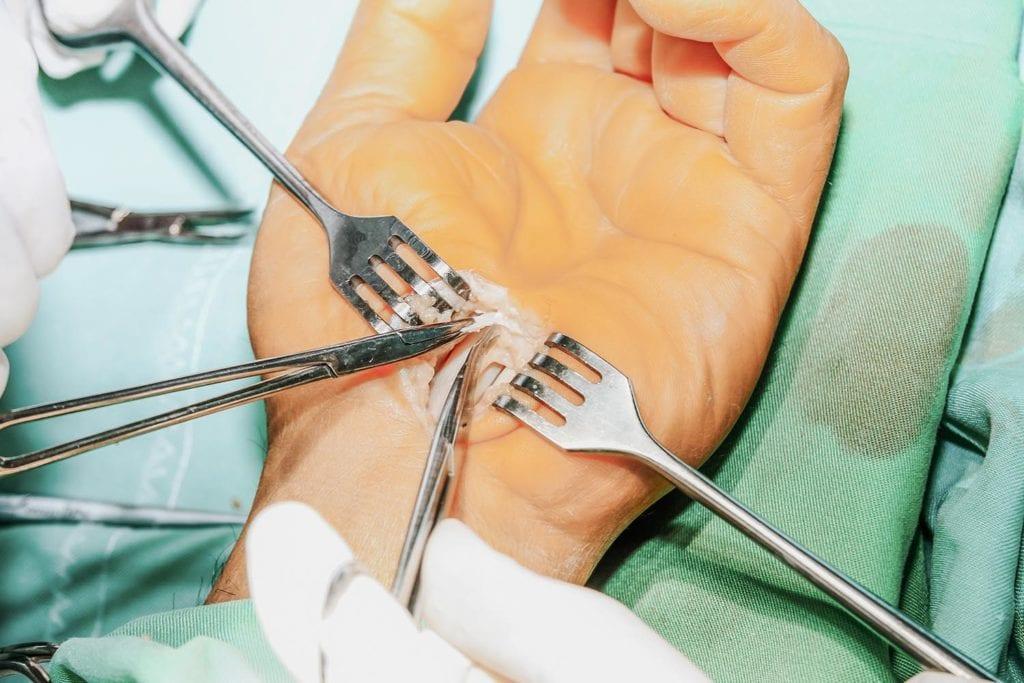Carpal tunnel syndrome is a common yet often misunderstood condition. Affecting millions worldwide, it can lead to discomfort, pain, and a significant reduction in the quality of life. When conservative treatments fail, surgery often becomes the last resort. However, this path is riddled with myths and misconceptions that can cloud judgment and lead to unnecessary fear. This article aims to demystify carpal tunnel syndrome surgery by separating the myths from the facts, providing a clear and informed perspective.
Myth 1: Carpal Tunnel Syndrome Surgery Is Extremely Painful
The idea of undergoing surgery can be daunting, and the fear of pain often tops the list of concerns. Many people believe that carpal tunnel surgery is an excruciating experience that will leave them in agony for weeks. However, this is far from the truth.
Fact: Modern surgical techniques and advancements in anesthesia have made carpal tunnel surgery a relatively painless procedure. Most patients experience only mild discomfort during the recovery phase, which is easily managed with over-the-counter pain medications. The incision is typically small, and many procedures are now performed using minimally invasive techniques that significantly reduce post-operative pain.
Myth 2: Surgery Is the Only Solution for Carpal Tunnel Syndrome
There is a pervasive belief that once diagnosed with carpal tunnel syndrome, surgery is inevitable. This misconception can lead to unnecessary anxiety and the premature decision to undergo an operation.
Fact: Surgery is not the first line of treatment for carpal tunnel syndrome. In many cases, conservative therapies such as wrist splinting, anti-inflammatory medications, physical therapy, and lifestyle modifications can effectively manage symptoms. Surgery is typically reserved for cases where these non-surgical treatments have failed, and the patient continues to experience severe symptoms, such as persistent numbness, weakness, or muscle atrophy.
Myth 3: Recovery from Carpal Tunnel Surgery Takes Months
Another common myth is that recovery from carpal tunnel surgery is a long and arduous process, often requiring months of rehabilitation before a patient can resume normal activities.
Fact: Recovery times can vary depending on the individual and the severity of their condition prior to surgery. However, most patients can expect to return to light activities within a few days to a week. Full recovery, where patients can return to all pre-surgery activities, usually occurs within 4 to 6 weeks. Advances in surgical techniques, such as endoscopic surgery, have further reduced recovery times, allowing patients to regain function and return to their daily lives more quickly.
Myth 4: Carpal Tunnel Surgery Is Ineffective
Some people believe that carpal tunnel surgery is a temporary fix and that symptoms are likely to return, making the surgery ultimately ineffective.
Fact: Carpal tunnel surgery has a high success rate, with approximately 90-95% of patients experiencing significant or complete relief from their symptoms. Recurrence of carpal tunnel syndrome after surgery is uncommon, particularly when the surgery is performed by an experienced surgeon. Proper post-operative care and adherence to recommended lifestyle modifications, such as ergonomic adjustments and hand exercises, can further enhance the long-term success of the procedure.
Myth 5: All Surgeries Are the Same
There is a misconception that all carpal tunnel surgeries are identical, with no significant differences in technique or outcomes.
Fact: There are several different surgical approaches to treating carpal tunnel syndrome. The two most common are open surgery and endoscopic surgery. Open surgery involves a larger incision and allows the surgeon direct access to the carpal tunnel. Endoscopic surgery, on the other hand, uses a tiny camera and instruments inserted through a smaller incision, leading to less tissue damage and a quicker recovery. The choice of procedure depends on various factors, including the surgeon's expertise and the patient's specific condition. Both methods have been shown to be highly effective, but the nuances of each can affect recovery time and the overall patient experience.
Conclusion
Carpal tunnel syndrome surgery is surrounded by a web of myths that can lead to unnecessary fear and hesitation. Understanding the facts about the procedure can empower patients to make informed decisions about their health. With modern surgical techniques, effective pain management, and a high success rate, carpal tunnel surgery remains a viable option for those who have not found relief through conservative treatments. By dispelling these myths, patients can approach the prospect of surgery with confidence and clarity, knowing they are making the best choice for their long-term well-being.
